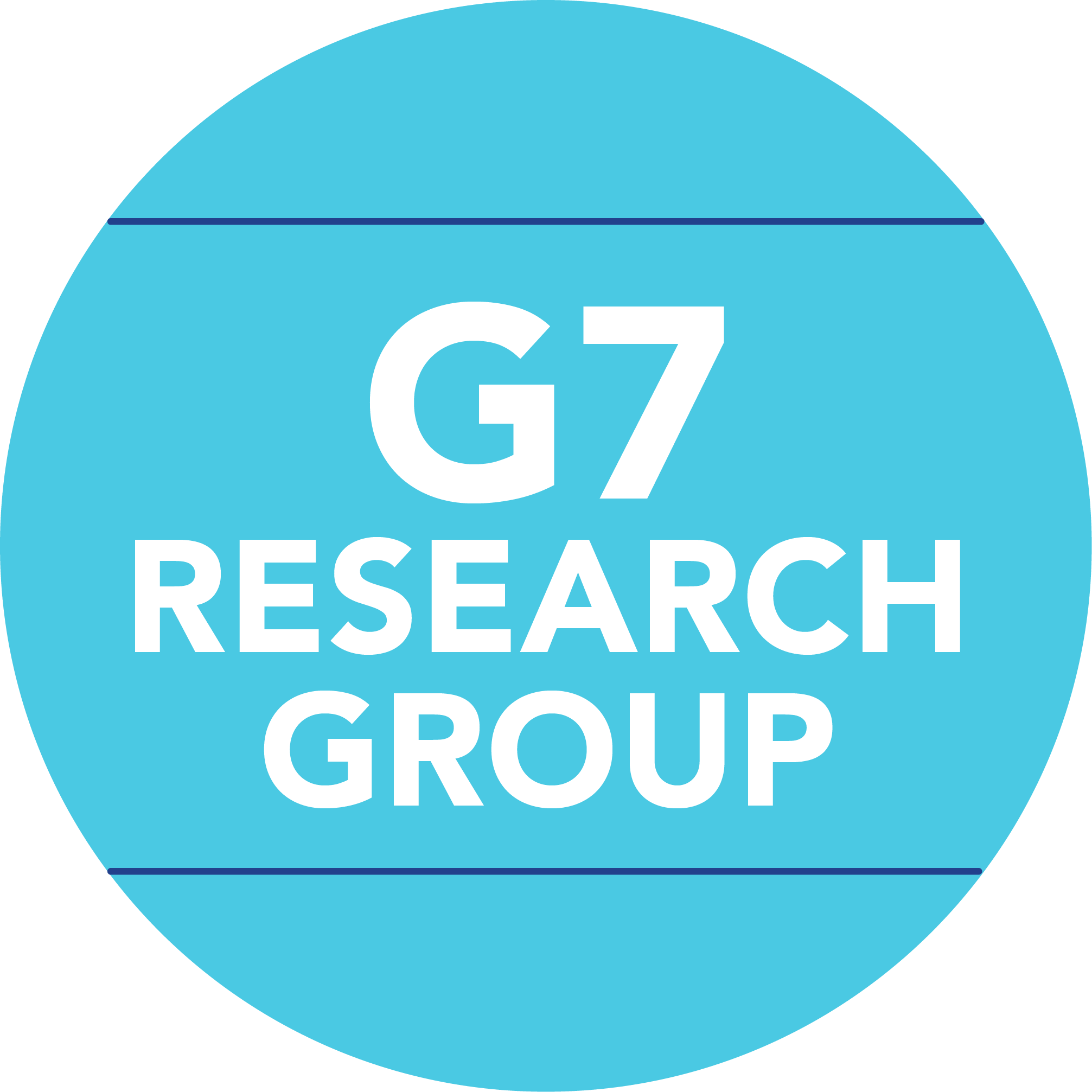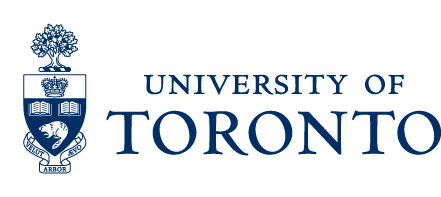
Summits | Meetings | Publications | Research | Search | Home | About the G7 Research Group

 |
Summits | Meetings | Publications | Research | Search | Home | About the G7 Research Group |
 |
Preliminary Prospects for the G7 Evian Summit in 2026
John Kirton, G7 Research Group
July 1, 2025
On June 17, 2025, at the end of the G7’s 51st summit, held in Kananaskis, French president Emmanuel Macron announced that the 2026 summit, which he will host, would be held in Evian-les-Bains on June 14–16, 2026. It will be a memorable place and time. Like Kananaskis in Canada’s Rocky Mountains, which first hosted the summit in 2002, the leaders will return to a location, the historic Hôtel Royal that France used in 2003, near a real physical summit, now in the French Alps. It will take place 37 years after the G7’s historic Paris Summit of the Arch on July 14–16, 1989, to which Mikhail Gorbachev had sent his de facto surrender letter on behalf of the Soviet Union, bloc and system – marking the moment the West and the world won the Cold War.
At Evian in 2026, most G7 leaders will be veterans of G7 summits. Macron will be at his tenth summit, since becoming president in May 2017, and will be hosting second, after Biarritz in 2019. He will again welcome US president Donald Trump, coming to his sixth summit and his second during his return to the presidency in January 2025. EU Commission president Ursula von der Leyen will be at her sixth, and Italian prime minister Giorgia Meloni at her third, since she started as host of Apulia in 2024. Coming to their second summit will be the newcomers at Kananaskis: Canadian prime minister Mark Carney, the 2025 host; German chancellor Friedrich Merz; EU Council president António Costa; and, should they survive politically until then, UK prime minister Keir Starmer, due to host in 2027, and Japanese prime minister Shigeru Ishiba. So, there could be no newcomers at Evian, and no leaders tackling Trump for the first time in this unique club.
In announcing the summit date and location, Macron signalled nothing about Evian’s policy priorities and its preparatory and production process, although he hinted at possible reforms to the format. But from the experience at Kananaskis, and the NATO summit in the Hague seven days later, several components were clear.
Although Macron will only decide on the policy priorities for Evian in six months, when France formally assumes the G7 presidency at the start of 2026, those priorities will likely be similar to the Kananaskis ones.
The first policy priority will be stopping Russia’s aggression against Ukraine. This will involve discussing the cost of doing so, and of what economic security means to protect Europeans and the rest of the world. Discussions will again include sanctioning Russia, continuing to support Ukraine and the formidable cost of rebuilding a post-war Ukraine.
The second priority will be countering China, whose steady expansion increasingly threatens G7 members’ security, economy, technology, democracy and ecology. Other security priorities will include the conflicts in the Middle East, and in the Indo-Pacific region as a whole.
The third priority is taming and trying to terminate Trump’s tariff war against his G7 partners and much of the world beyond. His 10% minimum tariff on everything and everyone will likely remain, even if his additional sector-specific and country-specific tariffs may have been negotiated down or off. The US, Canada and Mexico are due to renegotiate their trade agreement (USCMA) in 2026. Evian’s trade agenda will see members continue to seek economic diversification with other G7 partners, and to counter the non-market practices of China and other states.
The fourth priority is strengthening economic prosperity, especially given slowing or even falling economic growth in the United States and much or all of the G7. Already in the spring and summer of 2025 the International Monetary Fund and Organisation for Economic Co-operation and Development have been forecasting declining economic growth for G7 members in 2026.
The fifth priority is economic security and resilience. This will build on and broaden the G7 Critical Minerals Action Plan from Kananaskis. It will add a new emphasis on building the defence industrial base of and among G7 members in more coordinated ways.
The sixth priority is managing artificial intelligence and quantum computing for society in the future. The Generative AI Programming Interface is growing, requiring managing and protections again deep fakes and other harms. Issues such as who owns the data stored on servers physically located in one country or another may be contentious. France is seeking to become a global AI leader and, although the US continues to resist digital regulation and taxation, alliances may be possible.
The seventh priority is energy security. It is central to the first priority of sanctioning Russia and supporting Ukraine. It also relates to the high energy consumption of AI data centres and servers.
The seventh, still specialized, small and silent priority is climate change and the environment. It will be on the agenda, more broadly and likely more directly than it was with the Kananaskis Wildfire Charter in 2025. That charter will require implementation and extension to other actions and countries. But the key question will again be how to advance attention to and action on climate change with Trump as US president for two more years. Candidate issues are adding forest protection as a whole, heat waves from which all G7 citizens increasingly suffer (including the many who died from one in southern France in 2003), and oceans, which border France in the Atlantic, Caribbean and Pacific. Canada’s Carney has long been advocated acting on climate change, so the pressure to do so at Macron’s European summit in 2026 will be stronger than it was in North America in 2025.
Gender equality and human rights will reappear, in similarly selective and low-visibility ways. G7 negotiators may not purge any references to women, rights, minority groups or equality in order to ensure the wording is acceptable to the Americans. But as equality and individual liberty are central to the French identity and image, and as Macron’s France in 2019 had joined Canada’s Justin Trudeau as the G7 leader on gender equality in 2018, Evian should do more than Kananaskis here.
On the G7 process, the overriding priority once again will be preserving the unity of the G7, by keeping Trump on board. He will be there until 2028, so G7 leaders must do business with him. They are rapidly learning how to get along with him so he will work with them.
The summit site of the Hôtel Royal set on the grounds of a small park allows for the nine G7 leaders and their guests to meet safely and informally.
The emphasis at Evian will again be on private, open, frank conversations among leaders, rather than negotiating lengthy, comprehensive communiqués read only by a few. Macron will likely repeat the formula he used at the Biarritz Summit, producing several declarations from different groups on specific subject subjects, with 10 or 15 paragraphs each, and a similarly short, crisp overall summary that he, as a former G7 sherpa, will write on the spot himself.
The number and choice of invited guests could be similar to the 20 guests from 12 countries and 8 international organizations that Macron had invited to Biarritz. Such outreach has always been important to him, as it has been to France since the Paris Summit in 1989.
The guests will very likely include India, whose prime minister has participated in G7 summits since Biarritz in 2019. It is a major partner of France, with huge economic and strategic importance, including with regard to China.
The summit process and its performance will depend heavily on the extensive experience of Macron himself. He was himself a sherpa, having served as the personal representative of François Hollande from 2012 to 2014, and he later served as minister of the economy before his election as president. He was previously a banker at Rothschild, and knows Mark Carney from that period when the Canadian prime minister was at Goldman Sachs.
Macron also has the respect of Donald Trump, despite the US president’s Truth Social outburst against him just after Trump left Kananaskis. And Macron is close to all the other European leaders, including the UK’s Starmer.
Thus, although much can happen before the leaders reach the summit in Evian on June 14–16, 2026, the preliminary prospects are promising for them to produce at least a significant performance there.
 — 
|
This Information System is provided by the University of Toronto Libraries and the G7 Research Group at the University of Toronto. |
|
Please send comments to:
g7@utoronto.ca This page was last updated July 01, 2025. |
All contents copyright © 2025. University of Toronto unless otherwise stated. All rights reserved.